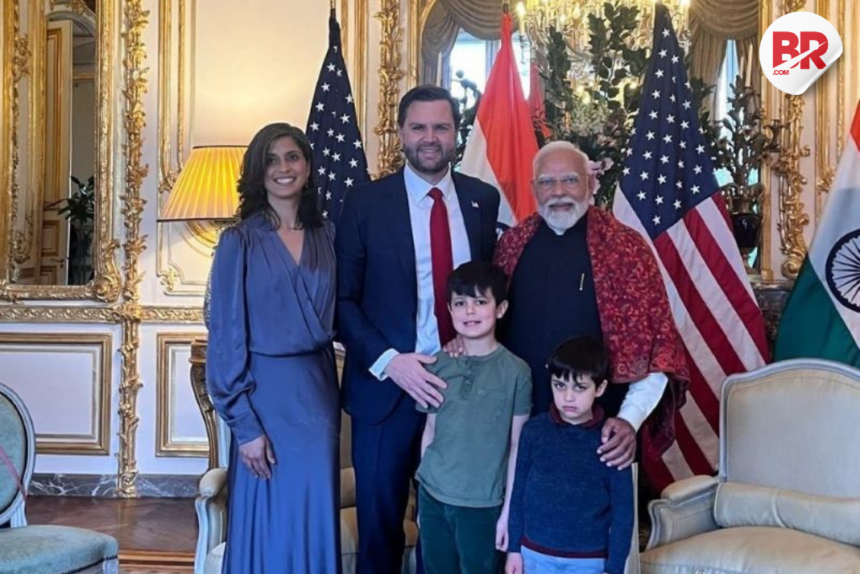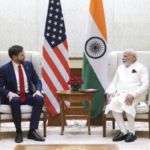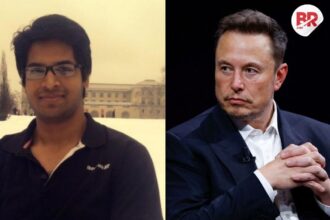
US Vice President JD Vance recently admitted, half-jokingly, that he envies Indian Prime Minister Narendra Modi’s soaring popularity. And honestly, who wouldn’t? According to Morning Consult’s April 2025 survey, Modi commands a staggering 73% approval rating — the highest among major world leaders.
For a politician in any democracy, that’s not just impressive — it’s rare. But what does it really mean for everyday citizens, for India’s global image, and even for how American leaders see political power today?

Let’s break it down.
What Makes Modi’s Approval So High?
In most democracies, public approval is as fickle as a social media algorithm. Yet Modi’s ratings have remained remarkably stable. For JD Vance to even bring it up — however humorously — underscores a serious point: Modi’s leadership model is attracting international attention.
Here’s why that might be happening:
1. National Identity, Front and Center
Modi has mastered the art of aligning his leadership with India’s national pride. Campaigns like Make in India and Digital India present a confident, forward-facing vision of the country — one that resonates deeply with the public.
Also Read JD Vance Says Modi’s Toughness May Decide the Fate of the India Trade Deal
2. Direct-to-Public Communication
Whether it’s through Mann Ki Baat or his hyperactive social media presence, Modi doesn’t just talk to the media — he talks to the people. This kind of accessibility gives voters the sense that their leader is right there with them, not above them.
3. Visible Economic Development
From highways to high-tech parks, visible progress fuels optimism. While challenges persist, projects promoting infrastructure, digitization, and foreign investment have created a strong perception of forward momentum.
4. Targeted Welfare Schemes
Subsidized gas cylinders, rural electrification, and affordable housing schemes haven’t just made headlines — they’ve touched lives. These policies build a grassroots connection that often translates into electoral loyalty.
5. A Strongman Persona
Modi’s no-nonsense image appeals to a global trend: voters who value clarity and strength over nuance and negotiation. Like it or not, the “decisive leader” image works — and Vance’s envy hints at that appeal across borders.
JD Vance’s Comment Wasn’t Just a Joke
When a top US leader like JD Vance comments on another country’s domestic politics — especially with admiration — it’s not just flattery. It reflects a shift. India’s global clout is growing, and so is the world’s attention to its internal dynamics.
In fact, Vance’s remark is more than a headline — it’s a headline about headlines. It signals that American political discourse is now reflecting on global approval trends. And that’s new.
“In politics, numbers don’t lie — but they sure do make others jealous.”
So while it may seem like a throwaway line, it actually reflects a broader truth: India is being watched. Not just for its economy or foreign policy — but for how its people engage with leadership.
Also Read JD Vance Family Visit to Akshardham: A Powerful Moment for Indo-US Relations
What It Means for the Rest of Us
For Indian voters, this moment is a reminder of their growing influence in shaping not just national, but global narratives.
For Americans, it’s a rare admission that maybe, just maybe, public trust is still possible — under the right conditions.
And for JD Vance? His comment opens the door to deeper dialogue between two democracies trying to make sense of 21st-century leadership.
Looking Ahead
Approval ratings are snapshots — not verdicts. Modi’s 73% is remarkable, but so is the scrutiny that comes with it. As India heads toward the next general elections, the real test will be turning that approval into action.
Until then, JD Vance’s quip is more than just political banter. It’s a signpost of a shifting world order — one where popularity isn’t just a domestic game, but a global currency.
Also Read Usha Vance’s Midi Dress for Modi Meeting: Why Simplicity is the Ultimate Power Move












